You have to admit that James Bond films over the past six decades (gasp!) have spared no expense in staging their action scenes in exotic locations around the world. Spectacular scenery is an integral part of the cool spy brand that has made the Bond films so enduringly popular (along with his “shaken, not stirred” martini, his sleek Aston Martin wheels, and myriad spy toys, among other things.)
In any given Bond film, the viewers follow the arch-spy from the MI-6 headquarters in London to his complex intrigues in places like Marrakesh, Mexico City, Monaco, Mombasa, and Milan. The more incredible and glamorous the scenery the better.
No Time to Die
True to form, Bond’s latest film, No Time to Die (2021), took .007 fans to a pristine location in a remote part of Norway, just north of Oslo, called Lake Langvann. The scenery, especially viewed from helicopter in the film, is nothing short of breathtaking.
To get to this location, Bond had to drive along what is considered to be the most scenic road in the world, the Atlantic Ocean Road running along a small strip of Norway’s west coast. (He was subsequently chased back over it by the villains, of course.)
Looking at it in panorama, it’s as if the road were a thin ribbon laid down by a lumbering Norwegian giant as he stepped over miles of small islands in the North Atlantic making his way through Scandinavia to the top of the world.
In reality, the road is only slightly more than five miles in length and was only opened in 1989 as a tourist attraction. It fits the bill perfectly, though, as it winds its way along one of the most scenic stretches of real estate in the world and attracts thousands of nature lovers each year.
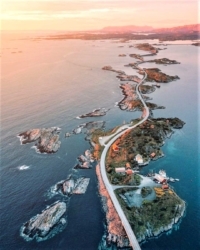 (By the way, it is reported that Norway paid some $5 million for the privilege of appearing in a Bond film. But that’s to be expected: James Bond has expensive tastes. We know that.)
(By the way, it is reported that Norway paid some $5 million for the privilege of appearing in a Bond film. But that’s to be expected: James Bond has expensive tastes. We know that.)
In the feature picture at the top of this article you get a glimpse of the 850-foot long bridge, and I’m adding a few more pictures below to present a fuller view of the sinuously beautiful bridge.
Its beauty is not in its complexity but in its elegant simplicity.
Bond’s Many Bridges
You may notice that the Bond Bridge was built between two peaks of land that cannot be crossed in a straight line because the angles of the roads on each side are not directly in line with each other. So the bridge had to curve in the middle to span the distance.
Could the engineers have built a bridge across the water in a straight line from two different points of land to avoid having to curve the bridge? Undoubtedly. But that design would have been terribly boring! (not to mention jarring to the graceful course of the archipelago, over which the road flows like a meandering trail.)
The engineers chose style over geometry. I’m so glad they did. It’s hard to imagine that a concrete structure could be elegant, but it is. Dare I say the James Bond Bridge is the Aston Martin of bridges? 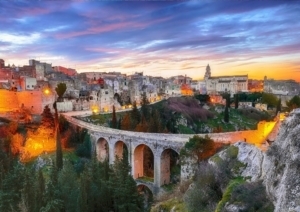
This wasn’t the only bridge in that same film. The beginning of the movie features a heroic leap from the Matara Aqueduct (Southern Italy, picture at right) to escape the bad guys, and it was beyond daring, of course, in typical Bond style.
My favorite bridge scene of the whole Bond series, though, was in Skyfall (2012) when he was wrestling with a bad guy on top of a moving train traveling at high speed over a deep canyon in Turkey (picture below left).
Unfortunately, Miss Moneypenny was aiming to kill the evil gangster but shot Bond instead, who then dramatically plunged from the bridge 100 feet into the water below. (Did I mention he survived the gunshot and the fall? Apparently, he had no time die….)
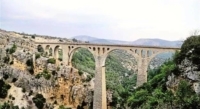 Ah, bridges. They can be perilous, but we can’t live without them.
Ah, bridges. They can be perilous, but we can’t live without them.
Before we talk more about our need for bridges, let’s check out a few other views of the beautiful James Bond Bridge in the North Atlantic Road. Below the pictures I have linked to two short videos, one of which is a clip from No Time to Die. It’s a real treat!
Other Views of the Bond Bridge
Short Clips Featuring the Bond Bridge
Spectacular drone footage of the Atlantic Ocean Road (3:36, featuring several bridges, with the Bond Bridge starting at the 1:00 mark)
“No Time to Die” chase scene (2:42 – you’ll catch a glimpse of the bridge only in the first few seconds; the rest is Bond intrigue)
Our Need for Bridges
Most bridges are not as stylish as the James Bond Bridge, but even boring bridges are no less important as connectors.
Bridges span gaps in uncertain terrain around us. They allow us to pass from one place to another without worrying about falling into voids or having to navigate holes in the earth on a regular basis. They make wider connections possible for all of us.
Yet, as critical as they are for survival and flourishing, we rarely even notice them let alone appreciate the technological genius that goes into constructing them. Most of us appreciate our need for them only when the local drawbridge is stuck in the up position!
We might think of bridges in a metaphorical sense too, as any type of material or human connector that opens a way for us in various avenues of life:
- Human relationships and contacts. When your roof leaks and someone puts you in touch with a good roofer, they are acting as a bridge-builder to help you fix a problem (a gap) and make your life better;
- Money can sometimes be a bridge, can’t it? A donation, a loan, a scholarship, a financial gift often helps us leap over obstacles blocking new opportunities for us;
- Peacemakers and even courts are bridge-builders because they close the gaps created by human conflicts so that no one gets swallowed up by them.
There are even bridges of time that are critical to culture. One of my favorite bridges is the incredible collection of family albums my mom and dad have put together over the six decades since the first Bond film came out.
These documentary bridges span several generations with pictures and memorabilia dating back over a hundred years! They connect me to relatives I barely knew (and others I never met) but who have made profound contributions to my life.
All of these are important connectors in life, but, there is one other type of bridge that is the most important of all: spiritual bridges.
The Most Important Bridges
Spiritual bridges don’t span holes in the earth or gaps over water. They span whole dimensions of reality itself: heaven and earth; the present and the beyond; the seen and the unseen.
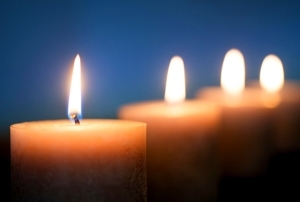 Jesus Christ is the ultimate spiritual bridge. He didn’t just come from heaven to earth and build a bridge for us to reach our final destiny, He is the bridge between heaven and earth, the one mediator between God and man (1 Timothy 2:5).
Jesus Christ is the ultimate spiritual bridge. He didn’t just come from heaven to earth and build a bridge for us to reach our final destiny, He is the bridge between heaven and earth, the one mediator between God and man (1 Timothy 2:5).
No one else could have done what our Savior did to span that infinite gap in reality. The God-Man had to do it. And He continues to bridge that gap between heaven and earth through His Mystical Body, the Church, which exists to reconnect us with our spiritual home.
Every dimension of reality lives in Christ’s One, Holy, Catholic, and Apostolic Church: past, present, and future; the visible and invisible worlds; the tangible and the mystical. All of reality in some way is accessible through the Church to those who enter into communion with her and her divine Spouse.
Spiritual Connectors
And how exactly does the Church build bridges from one dimension of reality to the next? Primarily though prayer and sacrifice. These spiritual connectors, in all their myriad forms, bridge worlds and open the way for God’s grace to sanctify us.
This spiritual bridge-building is the whole reason why men and women throughout the ages have locked themselves behind the walls of monasteries and done nothing else with their lives except to pray and sacrifice for others. As sad as the world is, imagine how dismal it would be without these silent, self-sacrificing spiritual bridges interceding for us night and day.
But prayer and sacrifice are not just the work of cloistered monks and nuns. They are the calling of all members of the Church.
Undoubtedly, the work is less exciting than a James Bond adventure, but it is infinitely more important.

Soul Work
Take a moment today to pause over a “bridge” in your life (no, I’m not asking you to block traffic!) Think, rather, of one important bridge, whether material, moral, or spiritual, that opens vistas for you in the world that would not be available without that bridge.
Try to find a bridge that you might not have previously recognized or fully appreciated as a bridge to something important (like my family albums). These bridges are everywhere in our lives, but we must have eyes to see them.
Then, make sure you conduct your own bridge work and build some bridges for people today: through prayer, sacrifice, works of charity, or intercession. All connect us with each other in meaningful ways and to that other world where we hope to live forever.
———-
[Note: This article is a reproduction of the Sacred Windows Email Newsletter of 6/12/22, with the Soul Work section addes. Please visit our Newsletter Archives.]
Photos: Fjords.com Øyvind Heen; Visit Norway; Candles: Rudy and Peter Skitterians from Pixabay; Bridges: Tobit Bilderwelten and all others used according to Creative Commons licenses via Wikimedia.com.
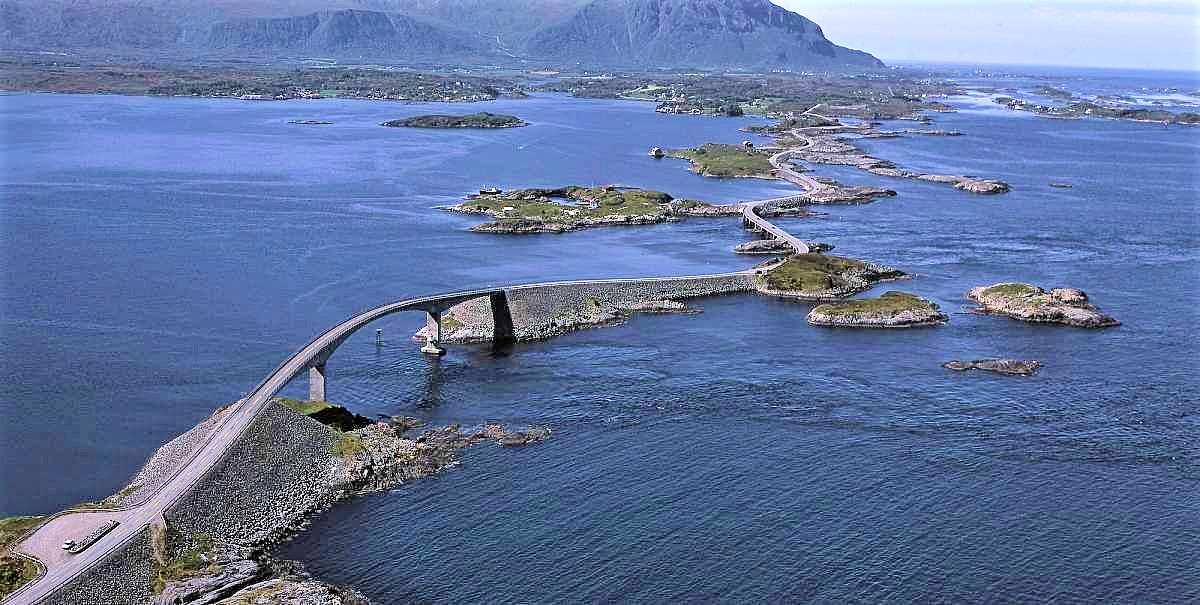
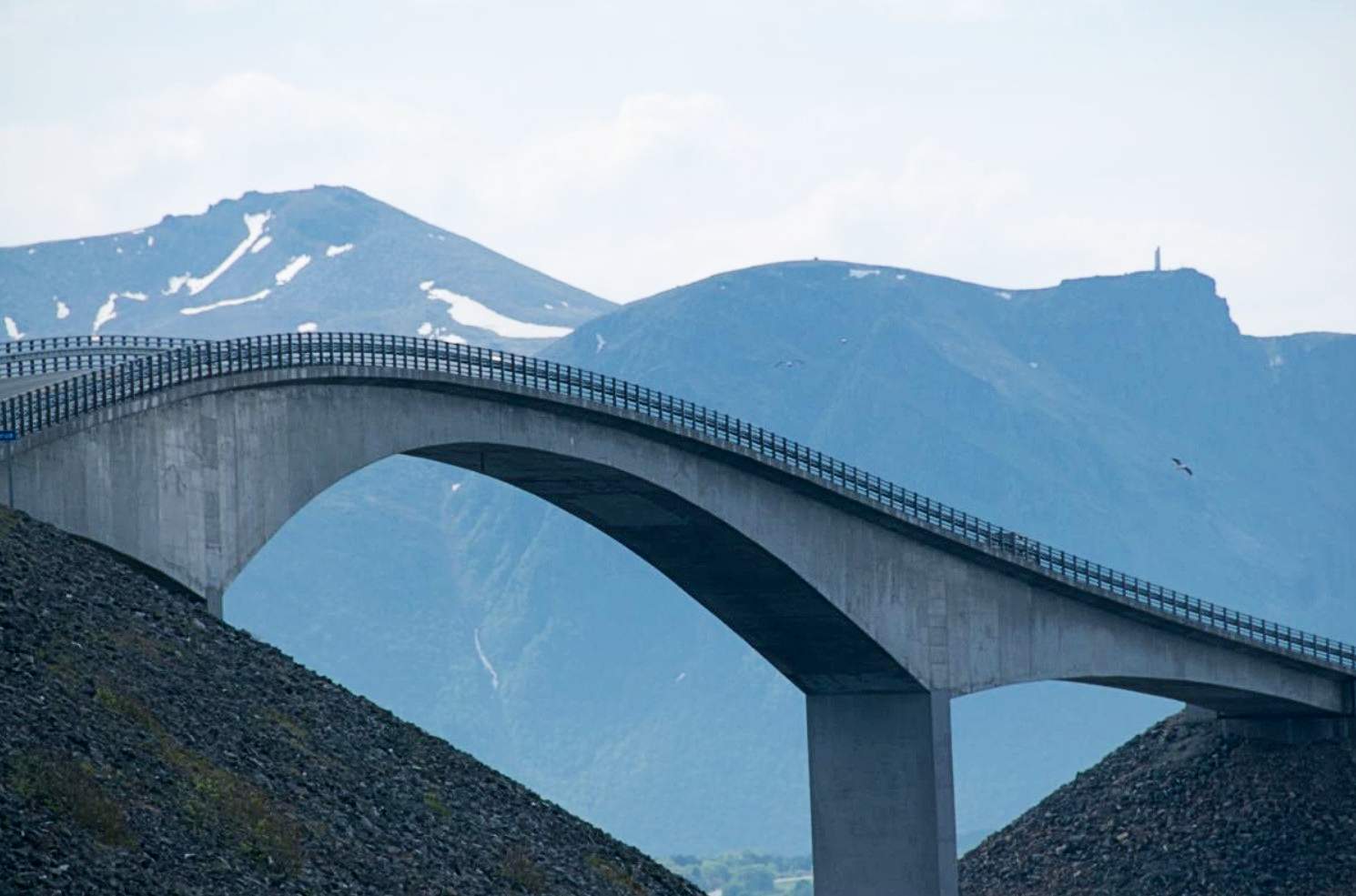
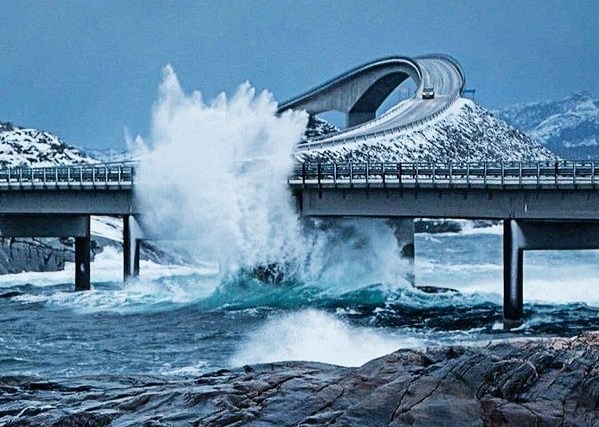
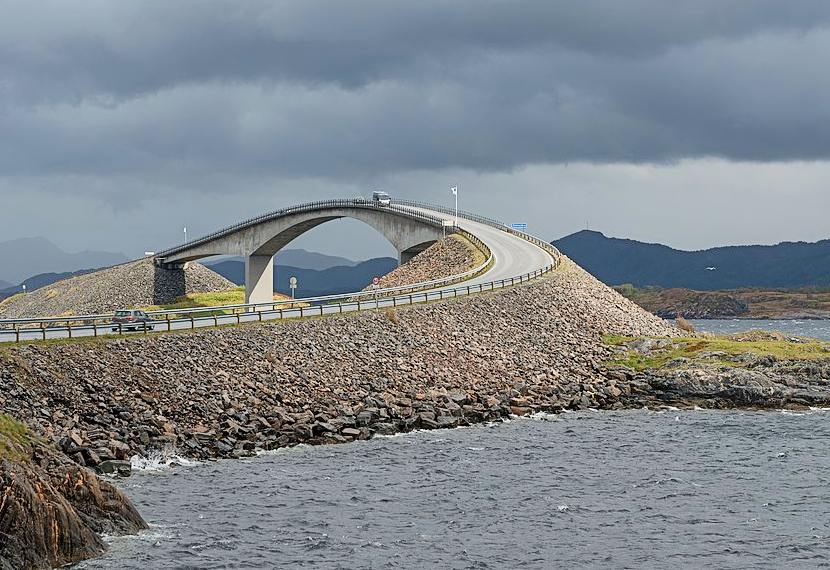
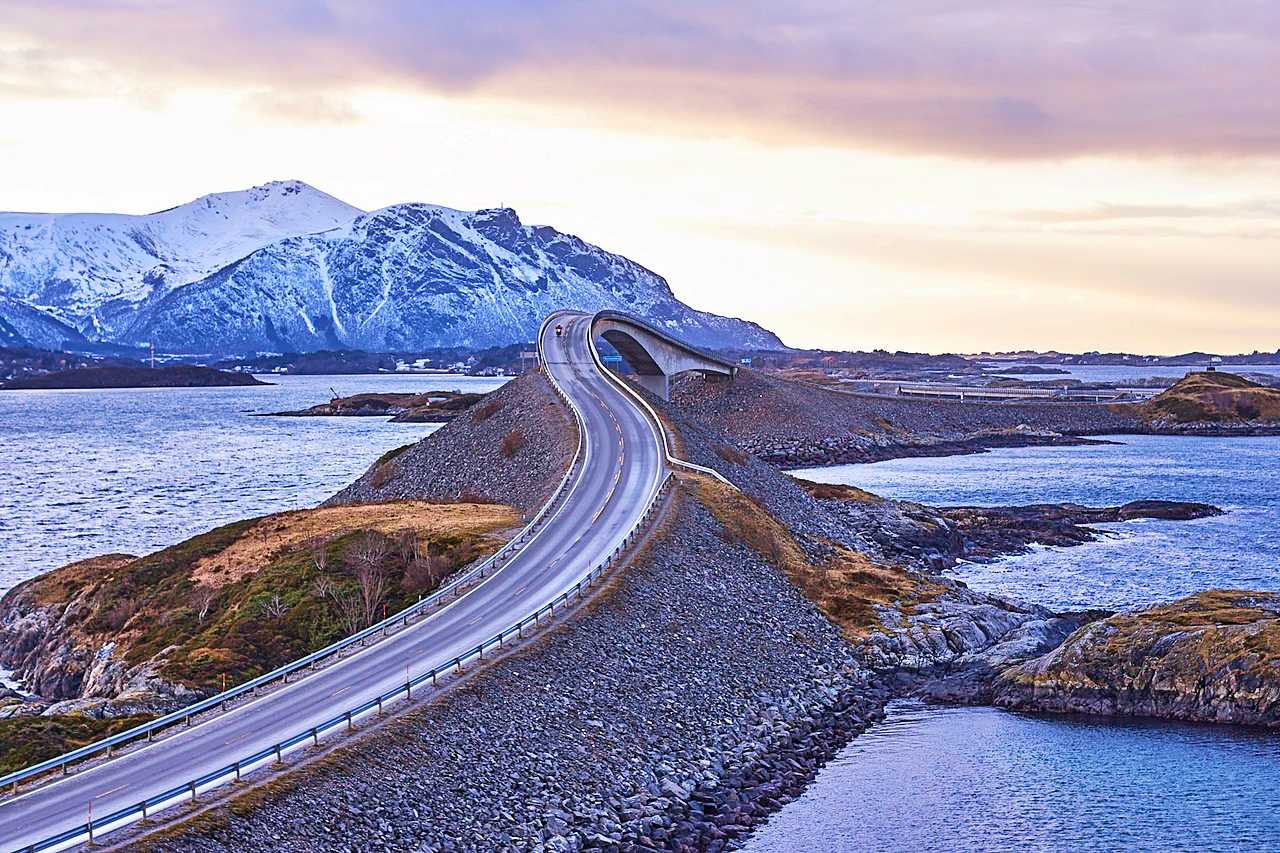


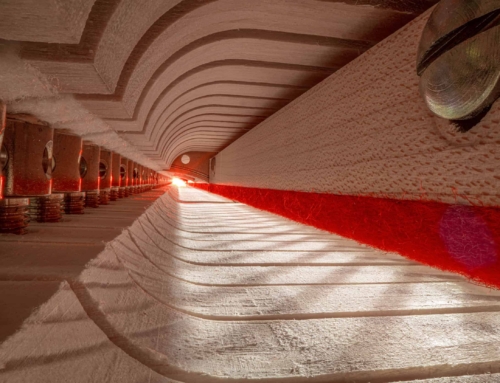
[…] (!) as well as a series of Tarzan films in the late sixties. And would you be surprised that the James Bond flick, Moonraker, was filmed there in […]